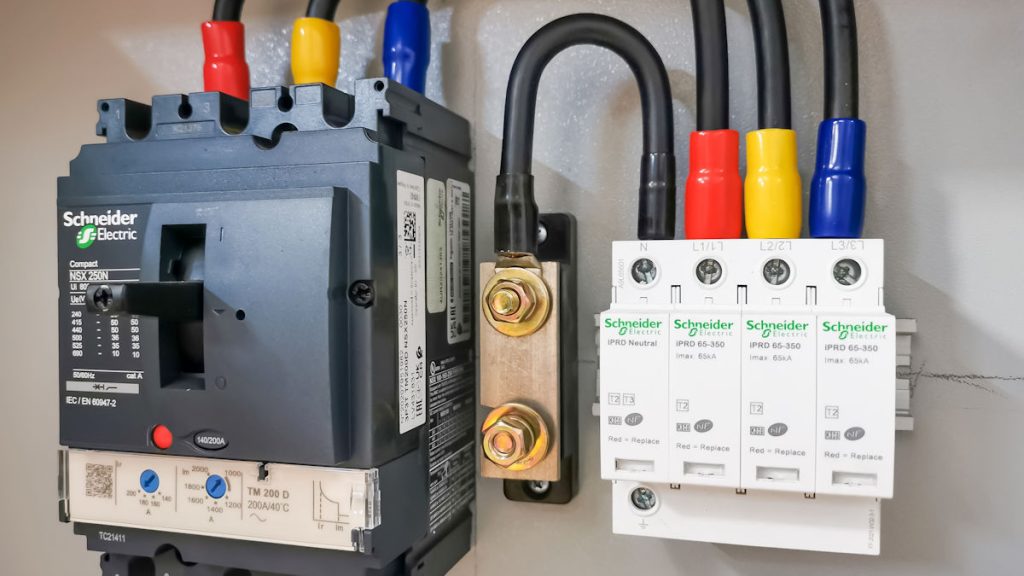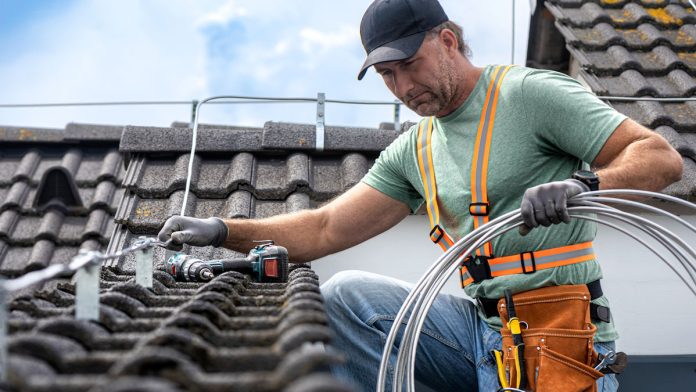Best Surge Arrestors – What are the Best?
Surge Arrestors For Lightning Defence – What is the best surge arrester specification for defence against lightning strike?
A: Defence against lightning needs to incorporate surge arresters, devices that filter out big voltage and current spikes, as well as keeping strong frequencies at bay. Talk to suppliers about best specifications for use in your area.
You should be looking for devices that give isolation primary to secondary sides, have performance that’s at least 125 per cent of full load capacity. You also want high-speed, leading-edge suppression and a high-energy resistance metal oxide resistor, plus or minus 1 per cent output volts at 85 per cent load with -25 per cent to 15 per cent of nominal input volts.

In addition, you’d need a voltage change on load change of plus or minus 3 per cent for 3 cycles and 95 per cent correction for 2 cycles. Your surge arrestors shouldn’t just be looking after the transformer’s secondary side – add arrestors to the secondary side of sensor wiring as well.
It goes without saying that you should avoid all external wiring and you should bond your system by making physical connection of any walled conduits to system ground. It’s also important to ground the main transformer to a grounding roof or copper earth tape and connection using insulated wire – use a big gauge.
When you are protecting devices located outside requirements vary depending on whether equipment is pole mounted or building mounted. Buildings are different to remote pole mounts, which would need to be grounded independently, with devices like control boxes, comms gear, or cameras grounded to grounded poles.
A remote pole would typically be fitted with a low resistance path to ground via a lightning rod, fat cable and buried metal matrix. All sounds a bit excessive until $A20,000-plus worth of controllers, transmitters and devices get fried by a direct lightning strike.
Devices attached to buildings should be grounded to the building’s external lightning protection system if possible. If a device is not within the protected volume, then you need an air termination rod installed at the mounting pole with cabling installed inside the metal pole.
If in-pole cabling is impossible, then cable needs to be run in a metal conduit that’s electrically connected to the pole. Whether or not you need surge protectors in the cable run depends on cable length – none if the run is only a couple of metres, some if cabling is longer.
There should also be lightening equipotential bonding at the entry point for cabling as it goes from the junction box on the pole into the building. If buildings have no external lightning protection, it’s possible the lightning risk is very low and can be mitigated by installing surge protectors between the junction box and camera.
Alternatively, when creating lightning protection for external devices, buildings may need to be professionally grounded. You can learn more about forensic examination of lightning strikes for insurance purposes here – there’s more news from SEN here.
“What Are the Best Surge Arrestors For Lightning Protection?”









